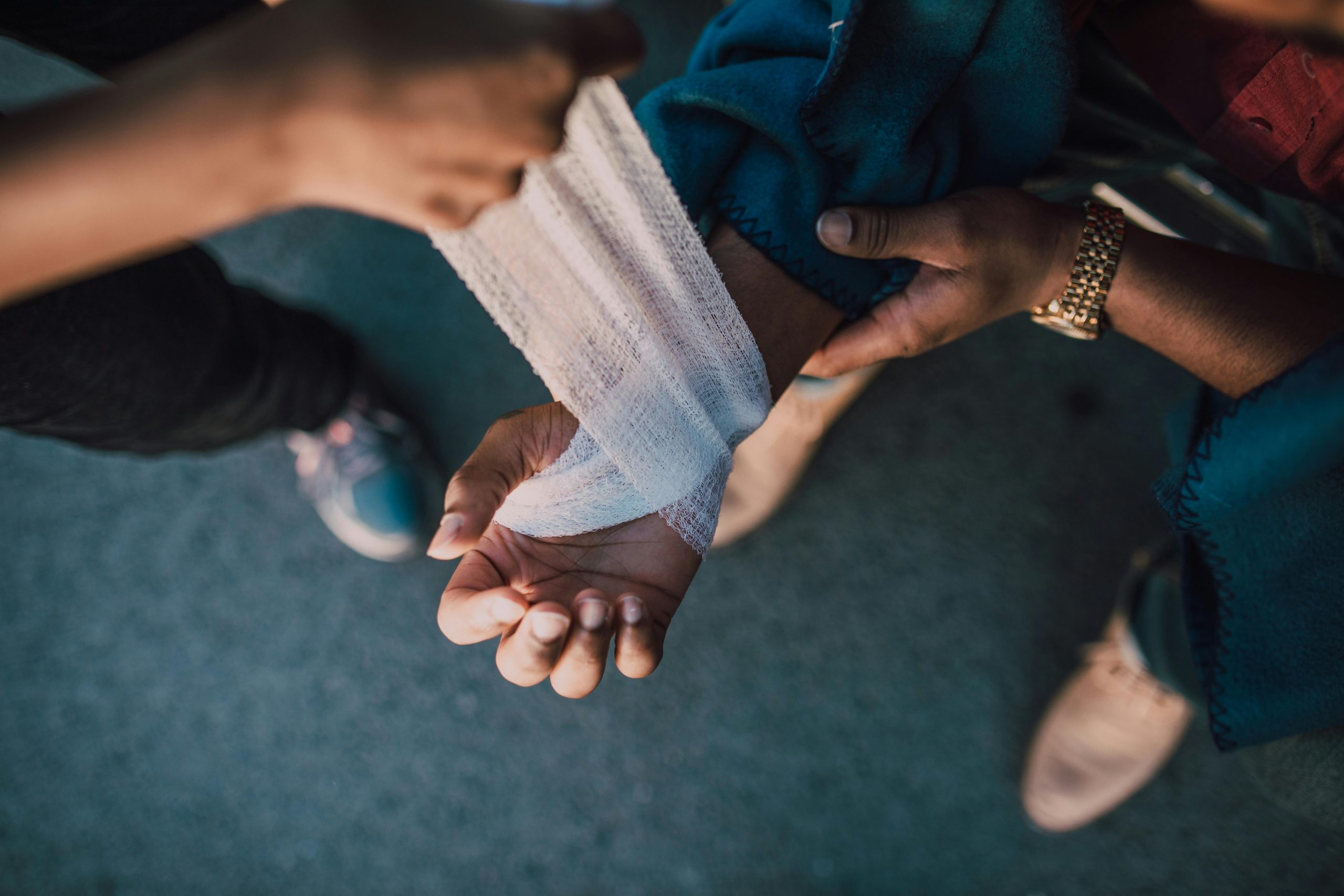
- Improper rehabilitation of ankle sprains can lead to chronic instability and repeated injuries, necessitating professional guidance.
- Ignoring tennis elbow can cause chronic tendinopathy and weakened grip, requiring rest, technique modification, and targeted strengthening exercises.
- Overlooking a runner’s knee symptoms can result in cartilage damage and persistent pain; addressing biomechanical issues and strengthening surrounding muscles is vital.
- Failing to heed early signs of stress fractures can extend recovery time; essential preventative measures include rest, nutrition, and biomechanical adjustments.
- Athletes can minimize injury risks by incorporating warm-up/cool-down routines, maintaining a balanced diet, using appropriate protective gear, and resting.
As an athlete, staying in peak physical condition is crucial for your performance and success in your sport. While some injuries are obvious and require immediate attention, there are also seemingly minor sports injuries that can have serious long-term consequences if not properly treated. This blog will discuss common minor sports injuries that could potentially cost you your career if not taken seriously.
Ankle Sprains
An ankle sprain may seem like a minor inconvenience at first, but if not properly rehabilitated and strengthened, it can lead to chronic instability and an increased risk of further injury. Athletes who return to their sport too soon after an ankle sprain often find themselves in a vicious cycle of repeated injuries. It is important to seek professional medical advice and follow a comprehensive rehabilitation program to prevent long-term consequences.
Tennis Elbow
Tennis elbow, or lateral epicondylitis, is a common overuse injury among athletes who participate in racket sports or repetitive arm movements. While the pain may initially be manageable, ignoring the symptoms and continuing to play through the discomfort can lead to chronic tendinopathy and decreased grip strength. Rest, proper technique correction, and strengthening exercises are essential for preventing long-term damage.
Runner’s Knee
Patellofemoral pain syndrome, commonly known as a runner’s knee, is a nagging injury that affects many athletes who engage in activities that involve repetitive knee bending, like running and jumping. Ignoring the early signs of a runner’s knee, such as mild discomfort or swelling, can lead to cartilage damage and chronic pain that may ultimately sideline you from your sport. It is crucial to address biomechanical issues, strengthen the surrounding muscles, and modify training routines to prevent the worsening of the condition.
Stress Fractures

Stress fractures are tiny cracks in the bone caused by repetitive impact forces on weight-bearing bones like those in the feet or legs from activities such as running or jumping. Athletes who push through persistent pain or overlook early warning signs like localized tenderness may unknowingly worsen the fracture and prolong their recovery time. Proper rest, nutrition, gradual return to activity, and addressing underlying biomechanical issues are essential for preventing stress fractures from becoming career-threatening injuries.
Missing Teeth
Contact sports like football, hockey, and soccer put athletes at risk of dental injuries such as missing teeth. While protective gear like mouthguards can significantly reduce the likelihood of dental injuries, accidents can still occur. Missing teeth not only affect one’s appearance but also interfere with speaking and chewing properly.
Seeking immediate dental treatment and considering tooth replacement solutions like dental implants are crucial for an athlete’s recovery and return to play. Dental implants provide a long-term solution to missing teeth without affecting adjacent teeth or leading to bone loss. They can also withstand the impact of collisions on the field, making them an ideal tooth replacement option for athletes.
Preventive Measures
Prevention is always better than cure, especially in the world of sports. Athletes should prioritize their health and well-being by taking preventive measures to avoid career-threatening injuries. Here are four ways athletes can protect themselves from common sports injuries:
Warm-up and Cool-Down
Dynamic warm-ups before exercise and static stretching after workouts are essential in preventing muscle strains, sprains, and tears. While warm-ups increase blood flow and prepare the muscles for activity, cool-downs aid in reducing muscle soreness and preventing stiffness.
Proper Nutrition

A well-balanced diet with sufficient protein, carbohydrates, and healthy fats is crucial for athletes’ performance and injury prevention. Adequate nutrition helps build strong bones, maintain muscle mass, and promote tissue repair.
Appropriate Gear
Wearing appropriate protective gear is vital for athletes’ safety. Protective equipment such as helmets, mouthguards, knee pads, and shin guards can reduce the risk of serious injury.
Rest and Recovery
Rest and recovery are essential for an athlete’s body to repair itself after intense physical activity. Adequate sleep, rest days, and proper recovery techniques like stretching and foam rolling can prevent fatigue and decrease the chances of injury.
With these preventive measures, athletes can stay healthy and perform at their best on the field. However, if an injury does occur, prompt treatment and rehabilitation are crucial for a successful recovery. It is essential to listen to your body and seek medical attention if you experience any pain or discomfort during training or competition.
While sports offer incredible benefits for physical fitness and mental well-being, the risk of injury is an inherent aspect that athletes must consciously manage. By incorporating effective warm-up routines, maintaining a balanced diet, using the right gear, and prioritizing rest and recovery, athletes can significantly minimize the risk of injury. It is crucial for every athlete, regardless of their level of competition, to understand their body’s needs and respond appropriately to any signs of distress.

